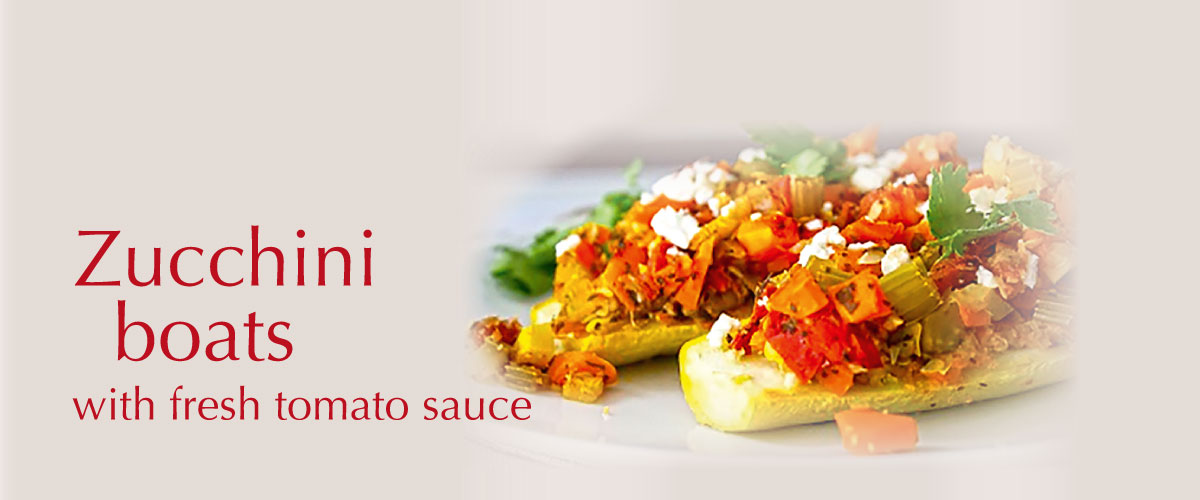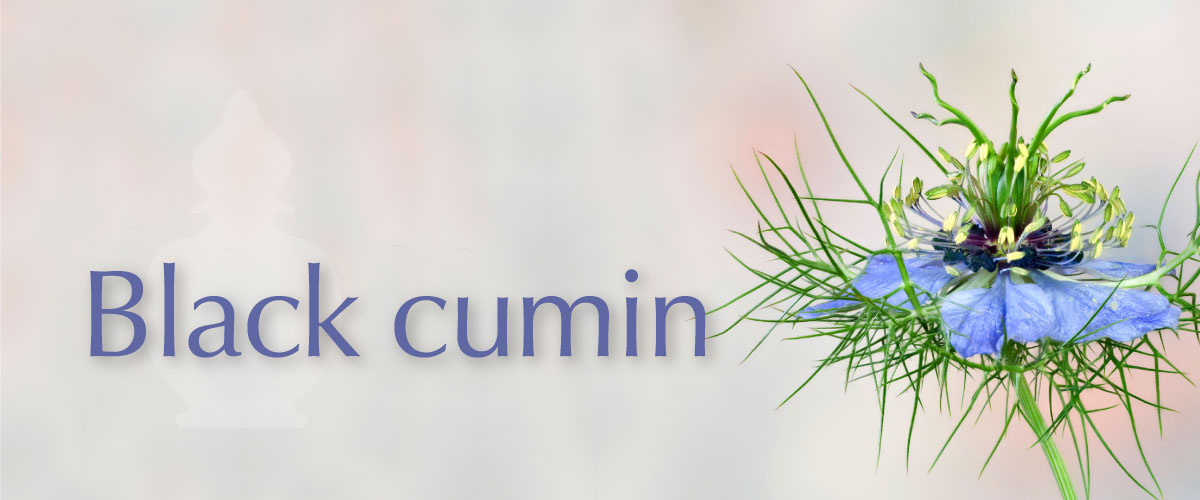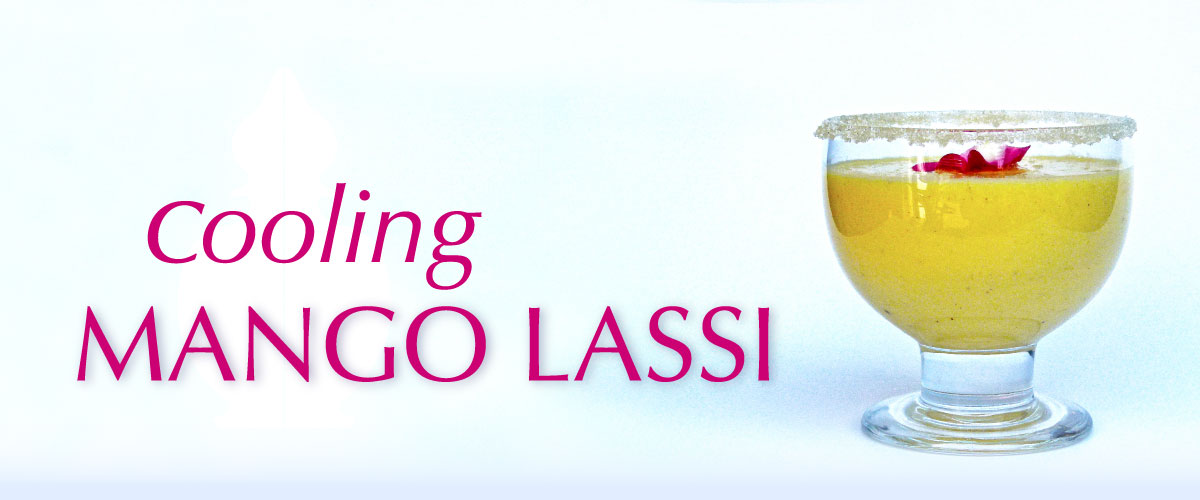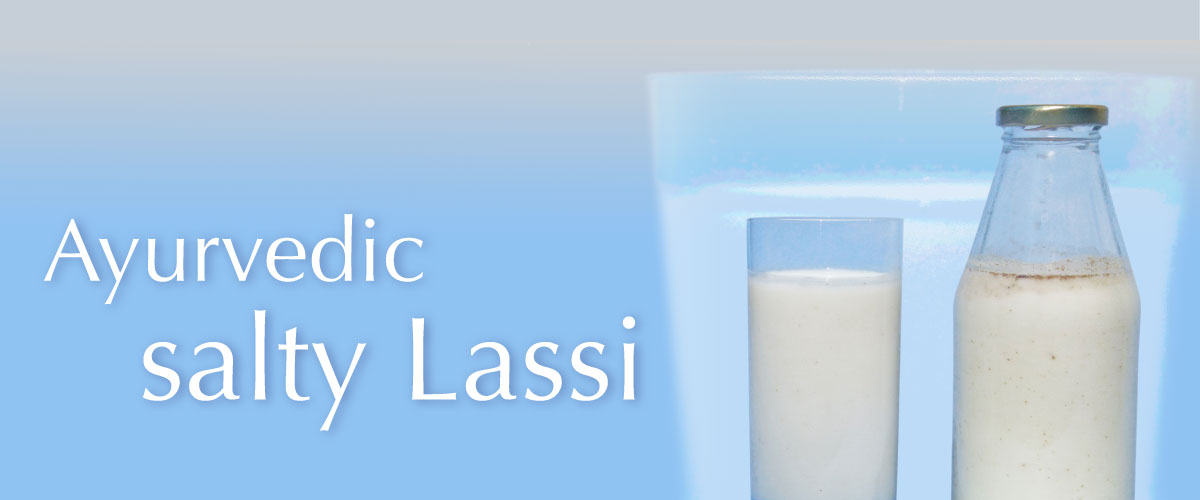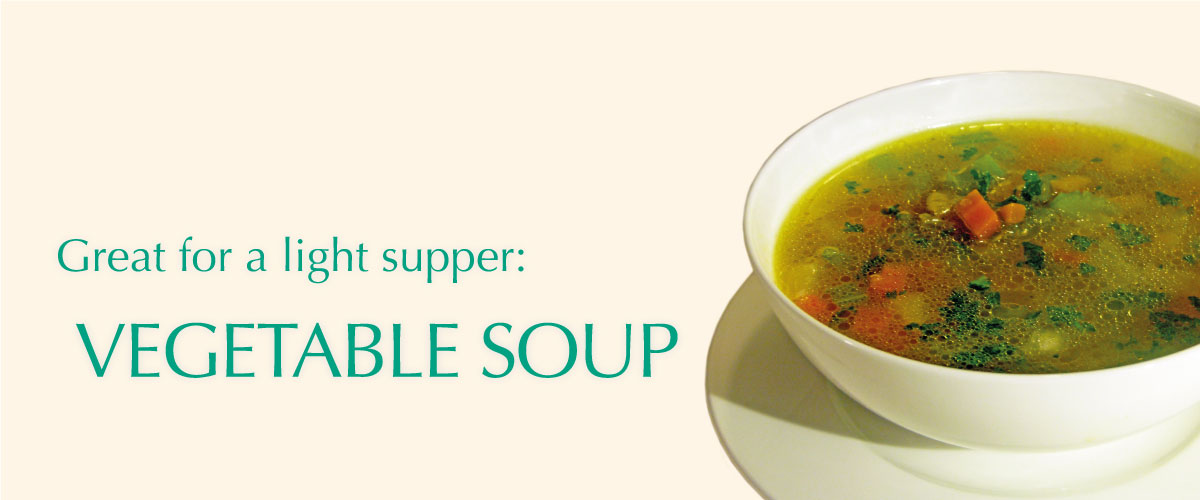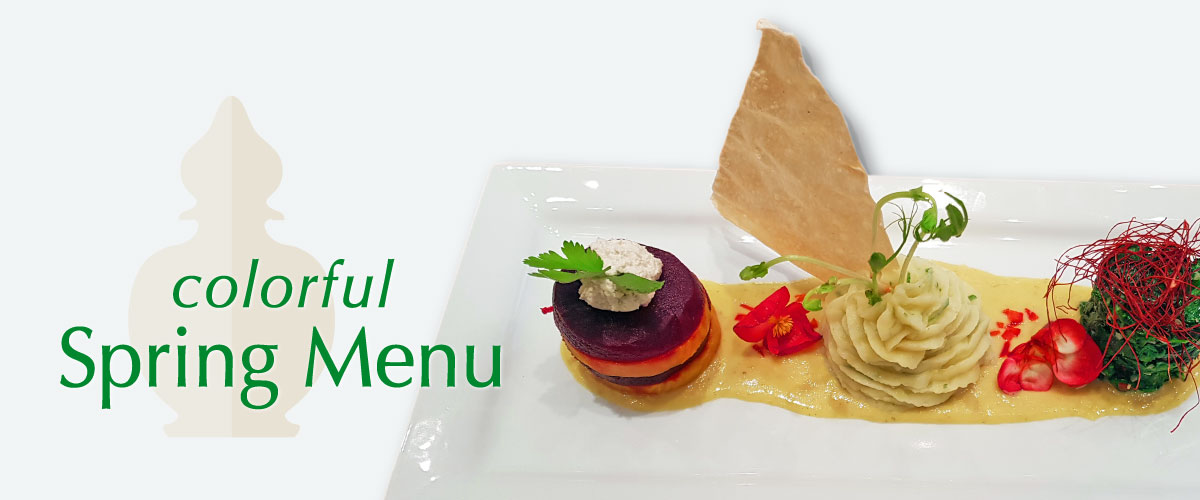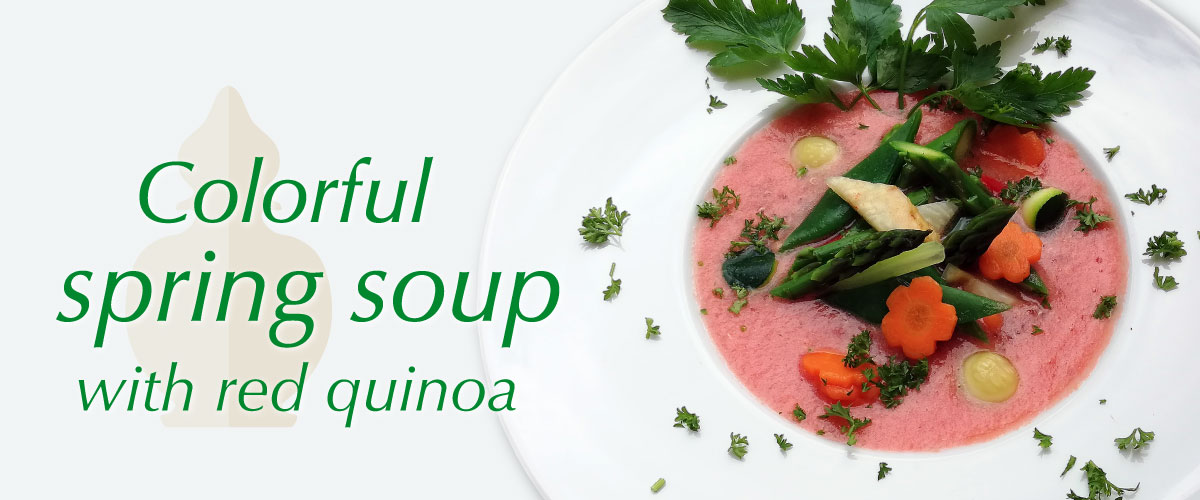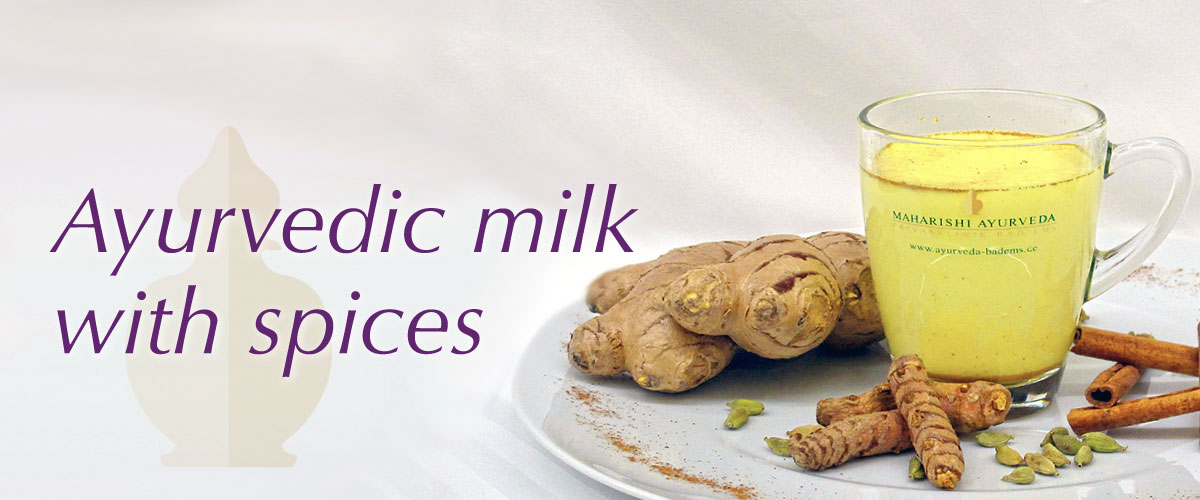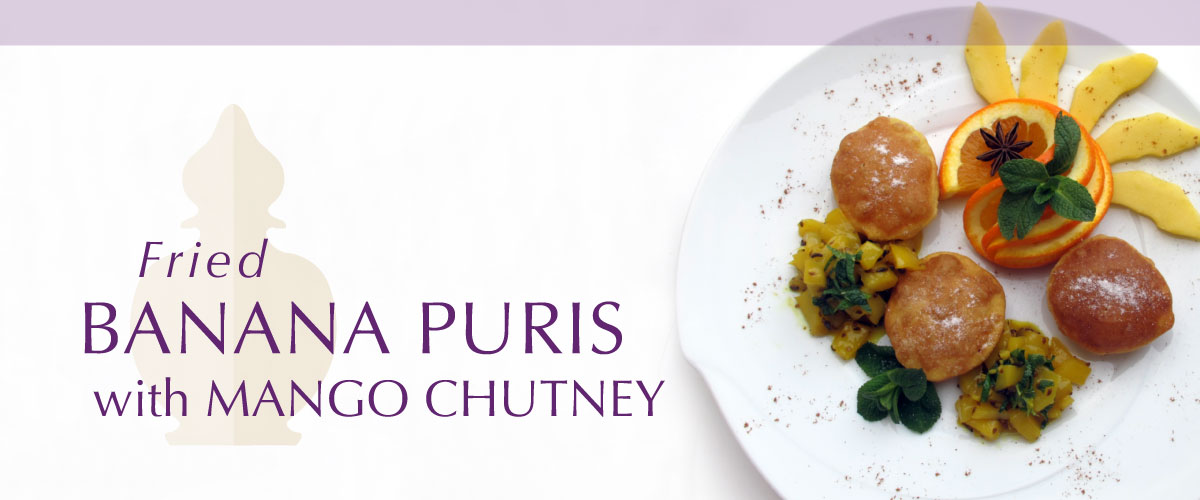Voluntary fasting is probably as old as the human race, observed for a variety of reasons – e.g. to improve or restore health or as a religious, spiritual practice for connecting more closely with the divine. In the animal world, we also frequently see natural fasting in animals that are sick or hibernating.
Continue readingBlog – Ayurveda tips for home
Curry dish
Time and again, Jochen Lotz, the head of our teaching kitchen, conjures up amazing dishes with sophisticated combinations that delight the palate in a whole new way. Especially for the readers of our newsletter, he has put together a colorful dish for the first cool days of October: a tasty vegetable recipe with a fresh Asian touch.
You and your palate will be surprised!
Marma Therapy – Healing by gentle touch
Marma therapy is a lesser-known Ayurvedic modality with several thousand years of tradition and application. It is applied at very specific vital points on the body, which are similar to acupressure points, but are touched much more gently.
Continue readingZucchini boats with tomato sauce
This late-summer recipe can be prepared with zucchini (courgettes) or small pumpkins.
Ingredients for 4 persons
Tomato sauce
- 8 tbsp. Ghee
- 1–2 tbsp. olive oil (optional)
- 1 pinch of asafoetida (optional)
- 1 bell pepper, diced
- 1 carrot, cut into slices
- 1 celery stalk, cut into slices
- ½ bunch of parsley, minced
- 2 tsp. dried basil
- 1 tsp. dried thyme
- 1.5 kg of ripe, diced tomatoes
- 120 ml of water
- 2 bay leaves
- 1 pinch of black pepper
- rock salt
- 1–2 tsp. of sugar (optional)
Zucchini boats
- 4–6 zucchini or small pumpkins, depending on size
- 3 cups tomato sauce (see above)
- 8 tbsp. ghee
- 1 pinch of asafoetida (optional)
- 1½ tsp. dried basil
- ¼ tsp. dried rosemary
- 2 tsp. of fresh, chopped parsley
- 1 carrot, grated
- 1 celery stalk or some fennel, finely chopped
- 1 cup of dried bread cubes
- 50 g of chopped walnuts
- rock salt
- black pepper
- 1 cup of diced mozzarella or feta cheese
Home-made tomato sauce is a delightful surprise for anyone who only knows tomato sauce from a bottle. The amount of sauce you get depends on how long it is cooked. You can take the pot from the heat when the sauce is becoming thick, but still liquid. Or let it simmer until it has become a thick tomato paste.
Preparation of the tomato sauce
Slowly heat the ghee with the asafoetida in a large saucepan on low heat. Add the bell pepper, carrot, celery and the herbs and sauté for five minutes. Add tomatoes, water, and bay leaves. Simmer gently with lid for about two hours. Stir occasionally. Finally, season with salt and pepper and cook for a few more minutes. If the sauce is too spicy, round it off with the sugar. If you like, add the olive oil over the finished sauce.
Preparation of the zucchini boats
Preheat the oven to 180 °C. Brush a casserole dish or a deep baking tray with ghee. Halve the zucchini lengthways and hollow out. The removed flesh can be added to the filling. Place the zucchini halves next to each other and bake in the oven for 15 minutes.
Heat the ghee in a pan and add asafoetida, basil and rosemary. Then add the parsley, the carrot and the celery or fennel. Cook over low heat and with frequent stirring until the vegetables are soft. Now add the bread cubes and walnuts to the vegetables and season with salt and pepper.
In the meantime, the pre-steamed zucchini have been taken from the oven, but keep the oven warm. Fill the mix of vegetables and bread cubes into the hollowed out zucchini. Spread the tomato sauce over it. Sprinkle with the cheese and bake for another 20 minutes.
Enjoy!
Recipe by Miriam Kasin Hospodar from “Heaven’s Banquet”
Foto: © Maharishi Ayurveda Products International, Inc.
© Maharishi Ayurveda Privatklinik Bad Ems
Download this recipe as a PDF file
All-rounder black cumin – a spice with many benefits
Black cumin has been known as a medicinal plant for thousands of years, especially in the Orient. It is used as a spice and as an oil in many ways.
Continue readingMango-Lassi
Lassi in general is a refreshing, light drink that strengthens the digestive system. Mango Lassi in particular balances Pitta Dosha.
Continue readingHot weather, cold food?
Ayurveda distinguishes three Doshas, i.e. basic functional principles: Vata, Pitta and Kapha Dosha. They operate in our physiology and in the whole of nature.
Ayurvedic salty Lassi
A salty Lassi helps keep Vata in balance while traveling – and at other times as well. It is easy to prepare and can be brought along in the car or on the train.
Ideally use fresh, home-made yoghurt from whole milk or organic yoghurt. Add some spices and a little salt.
Our liver – the underrated power organ
“I’m feeling listless all the time,” – “I sleep well but I’m still tired,” – “I have some kind of pressure in my right upper abdomen.” This is how patients with a stressed liver may describe their condition.
Usually, the symptoms are so unspecific that the underlying problem is only detected at a very late stage, e.g. when people do a blood test or ultrasound at their physician’s office.
Recipe for a light vegetable soup
Ayurveda recommends a satisfying yet light meal in the evening. The main point is that it should be digested before we go to bed. A freshly cooked, light vegetable soup is tasty, does not put a strain on the digestion and can be prepared quickly – in about 25 minutes.
Continue readingAddressing worries and fears with Ayurveda
Let’s face it: our mental health has suffered greatly over the past year 2020. Especially anxiety disorders, but also depressions have increased, because many familiar structures have fallen away and compensating social contacts have been reduced to a minimum.
Continue readingSHIRODHARA – THE FOREHEAD OIL POUR
The Sanskrit word “Shirodhara” simply means “head pouring” or “head stream”. The treatment is given with organic sesame oil warmed to body temperature.
Continue readingBaby spinach · Beet-and-celery turrets · Mashed potato with cilantro
With the onset of spring, we shift into Kapha time. This is the time of year when body and mind start to relax and the metabolism slows down a little. Therefore, what we need especially now are foods that are easy to digest and give us a fresh start into spring. We have composed a Kapha-reducing menu for you that is easy to prepare. Colorful, slightly spicy and stimulating – just what Ayurveda recommends for the Kapha season cuisine!
Continue readingEliminating excess Kapha in a systematic way
A sunny, windless spring day increases Kapha just as much as inclement, grimy weather with rain, fog and damp cold. Neither a recliner nor the sofa should be your first choice now! On the contrary, physical activity in the fresh air reduces Kapha and boosts your metabolism.
Continue readingColorful spring soup with red quinoa
In spring, when Kapha Dosha dominates, taking a soup in the evening helps boost Agni – the digestive fire – and thereby the entire metabolism, and avoids overburdening the stomach and intestine. A light vegetable soup is easy to digest and satisfies in a pleasant way.
Continue readingAyurvedic milk with spices
Ayurvedic milk with spices, enjoyed before going to bed in the evening, is conducive to a deep, restful sleep and thus better restorative effects. It is relaxing and easily digestible because of the spices.
Continue readingEye care with Ayurveda
Our eyesight is regarded as the most important of the five senses of perception: sight, hearing, smell, taste, and touch. Our eyes are indispensable for comprehending the world in which we live.
They capture light impulses as visual impressions and pass them on to the brain for further processing.
Continue readingWinter from the viewpoint of Ayurveda
Each season affects the three Doshas in its own way. In ancient Ayurvedic texts, the year is divided into 6 seasons. In Europe, we are used to 4 seasons, with warm/dry and cool/humid periods. If we adapt the Ayurvedic concept to European climatic conditions, we get approximately the following picture:
Continue readingFried banana puris with mango chutney
During winter, Vata Dosha increases and we find we crave sweet and heavy food. This is quite natural, because an elevated Vata is best pacified by sweet, sour and salty. Here’s a scrumptious recipe that satisfies the craving without being too hard to digest, so you can in fact enjoy it all year ’round whenever your Vata Dosha is playing up.
Continue readingOpen letter to the German health authorities
In an open letter to the German health authorities, Ernst Schrott, M.D., makes a strong case for including Ayurvedic knowledge and modalities to better handle the SARS-Cov-2 pandemic. Here is a summary of the letter as published on the website of the DGA (German Society for Ayurveda) of which Dr. Schrott is a board member:



